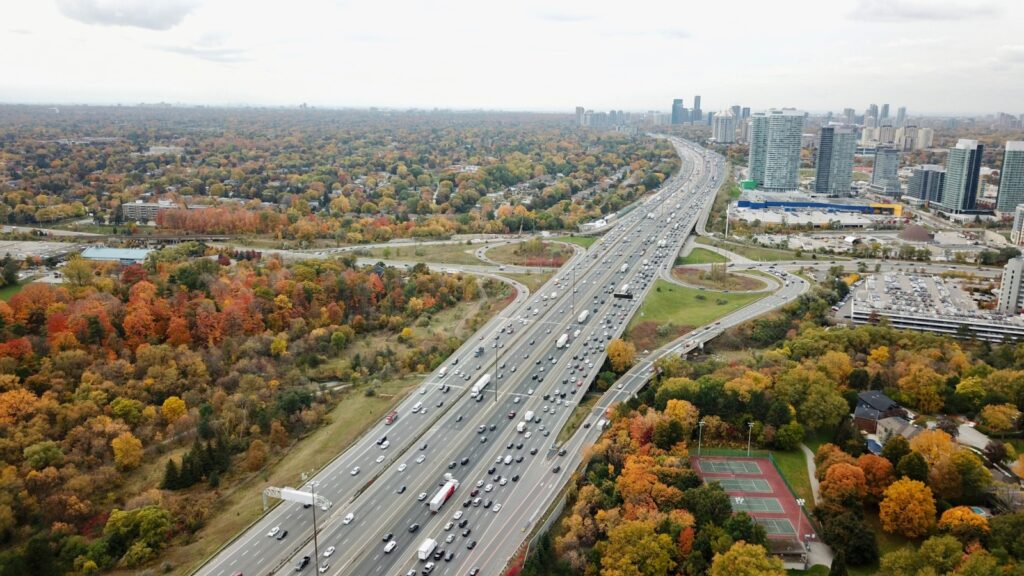Canada’s highways connect coast to coast, but not every stretch of pavement is equally loved by drivers. Some routes are plagued by traffic, others by dangerous conditions, and a few simply test the patience of anyone behind the wheel. While tourists may see these highways as scenic adventures, locals know the reality of gridlock, steep repair bills, or white-knuckle driving through harsh weather. Here are 23 Canadian highways that locals secretly avoid:
Highway 401, Ontario
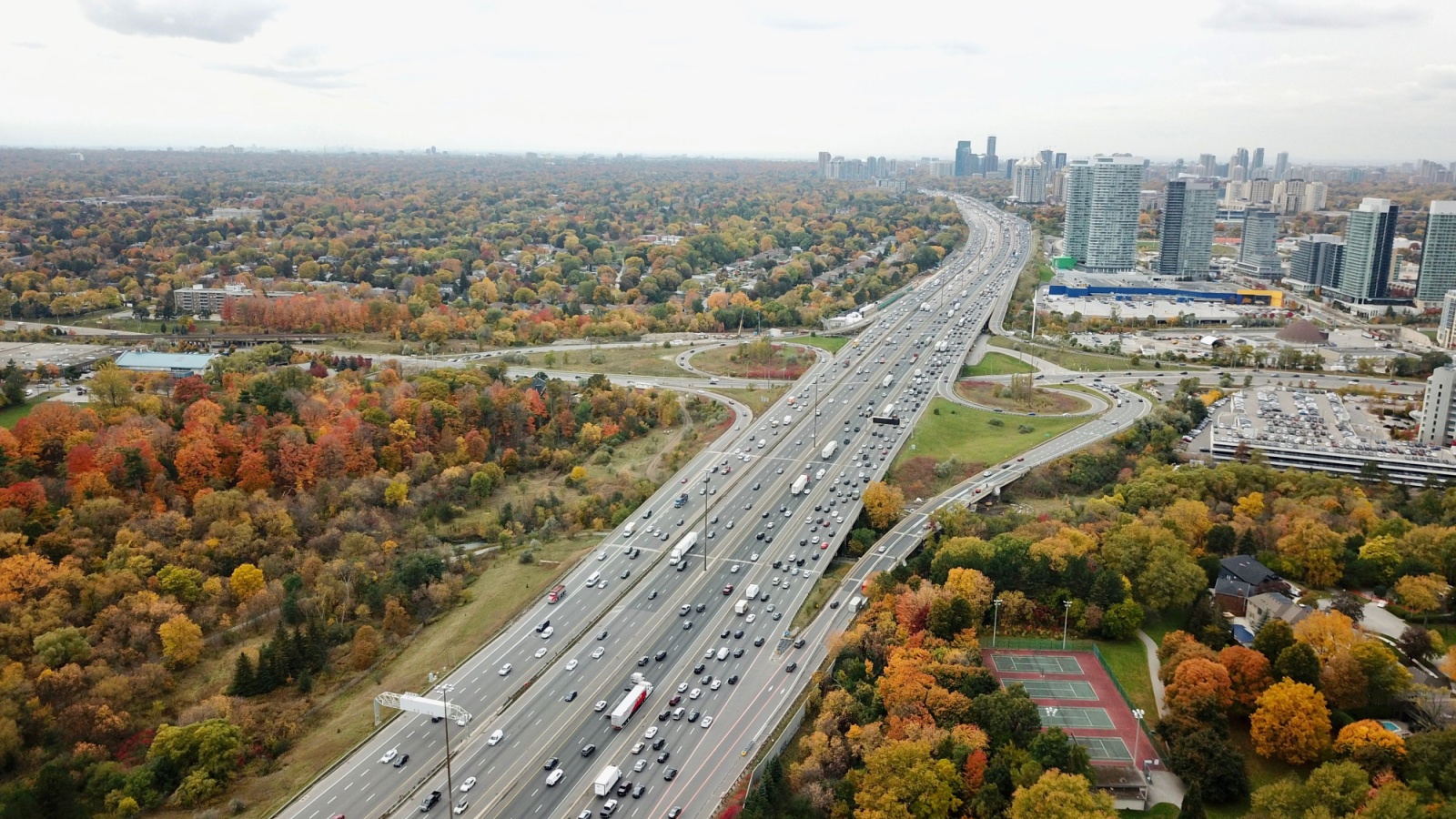
The 401 is Canada’s busiest highway, running across southern Ontario and cutting right through Toronto. While essential for commuters, it’s infamous for endless traffic jams, aggressive drivers, and construction delays. Locals often dread merging into its 16 lanes of chaos, especially during rush hour when speeds can drop to a crawl, and accidents are also frequent, adding even more frustration. For many in the GTA, the 401 is a daily stress test, and most will gladly take side streets or toll routes when they can.
Highway 40, Quebec
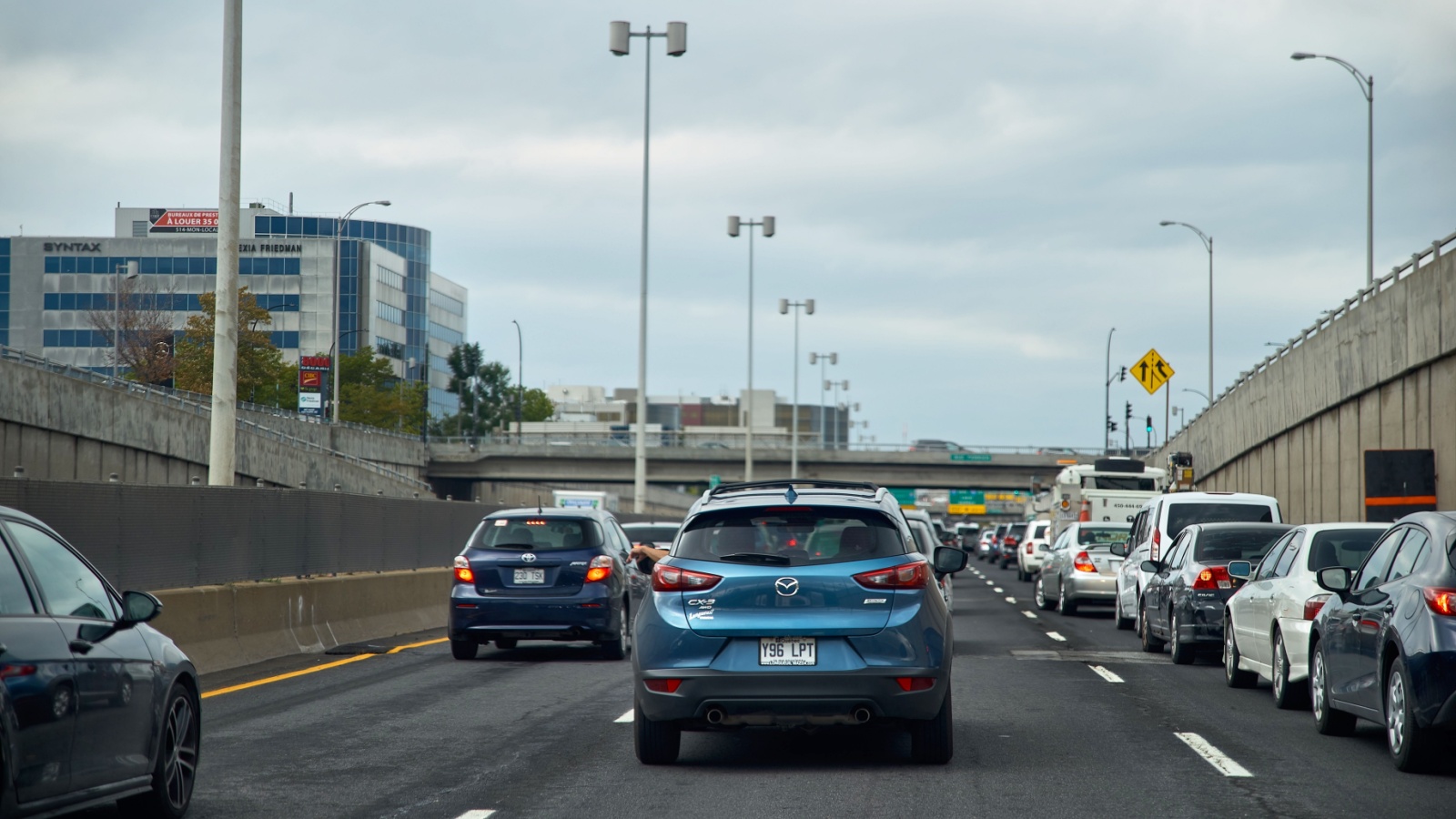
Highway 40, connecting Montreal to Quebec City, is notorious for heavy congestion and unpredictable drivers. Locals often complain about poor road conditions, frequent construction, and traffic bottlenecks near Montreal. In winter, icy surfaces and snowstorms make navigation even more challenging, while truck traffic adds another layer of frustration, especially during peak commuting hours. Although it’s an important corridor for travel and commerce, many Quebecers avoid the 40 when possible, preferring alternative routes like Highway 20, which tends to be smoother and slightly less chaotic.
Deerfoot Trail (Highway 2), Calgary

Deerfoot Trail, Calgary’s main north-south artery, is both a lifeline and a nightmare. Known for speeding drivers, sudden lane changes, and frequent collisions, it keeps emergency crews busy year-round. Locals joke that you need nerves of steel to survive a morning commute here, and rush hours can stretch the 46-kilometer drive into an endurance test, while poor design in certain sections creates dangerous bottlenecks. Although it’s the fastest way through Calgary on paper, most residents secretly dread using Deerfoot, choosing ring roads or surface streets when they can.
Highway 63, Alberta
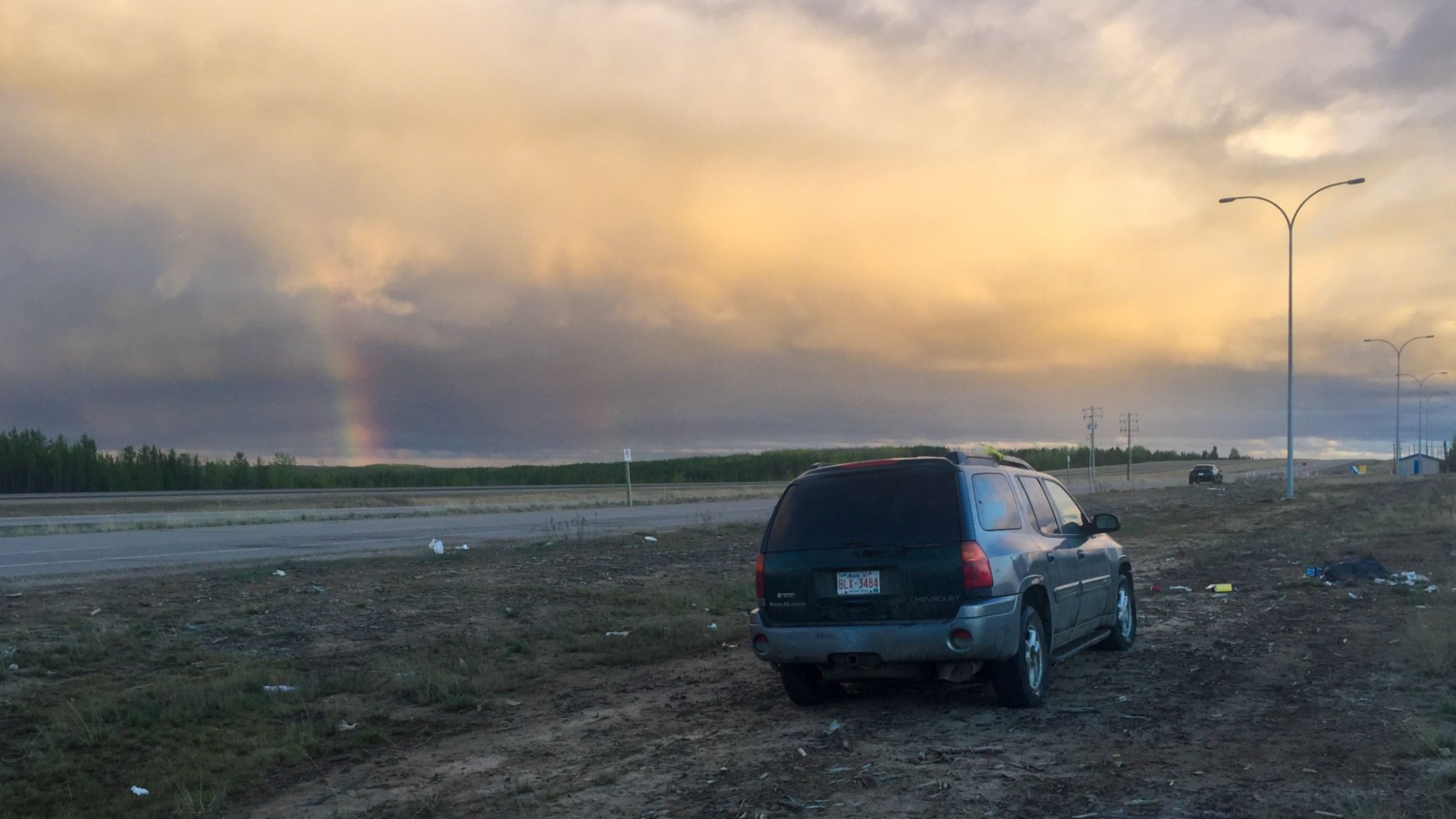
Dubbed the “Highway of Death”, Highway 63 connects Edmonton to Fort McMurray and the oil sands. For years, its two-lane design, heavy truck traffic, and impatient drivers created deadly conditions. Although twinning has improved safety, the road still carries a reputation for danger. Long stretches with little in the way of services or cell coverage make breakdowns nerve-wracking. Winters add icy, whiteout conditions, while wildlife crossings keep drivers on high alert. Locals know it’s a vital route, but many approach it with deep caution or avoid it entirely.
Gardiner Expressway, Toronto
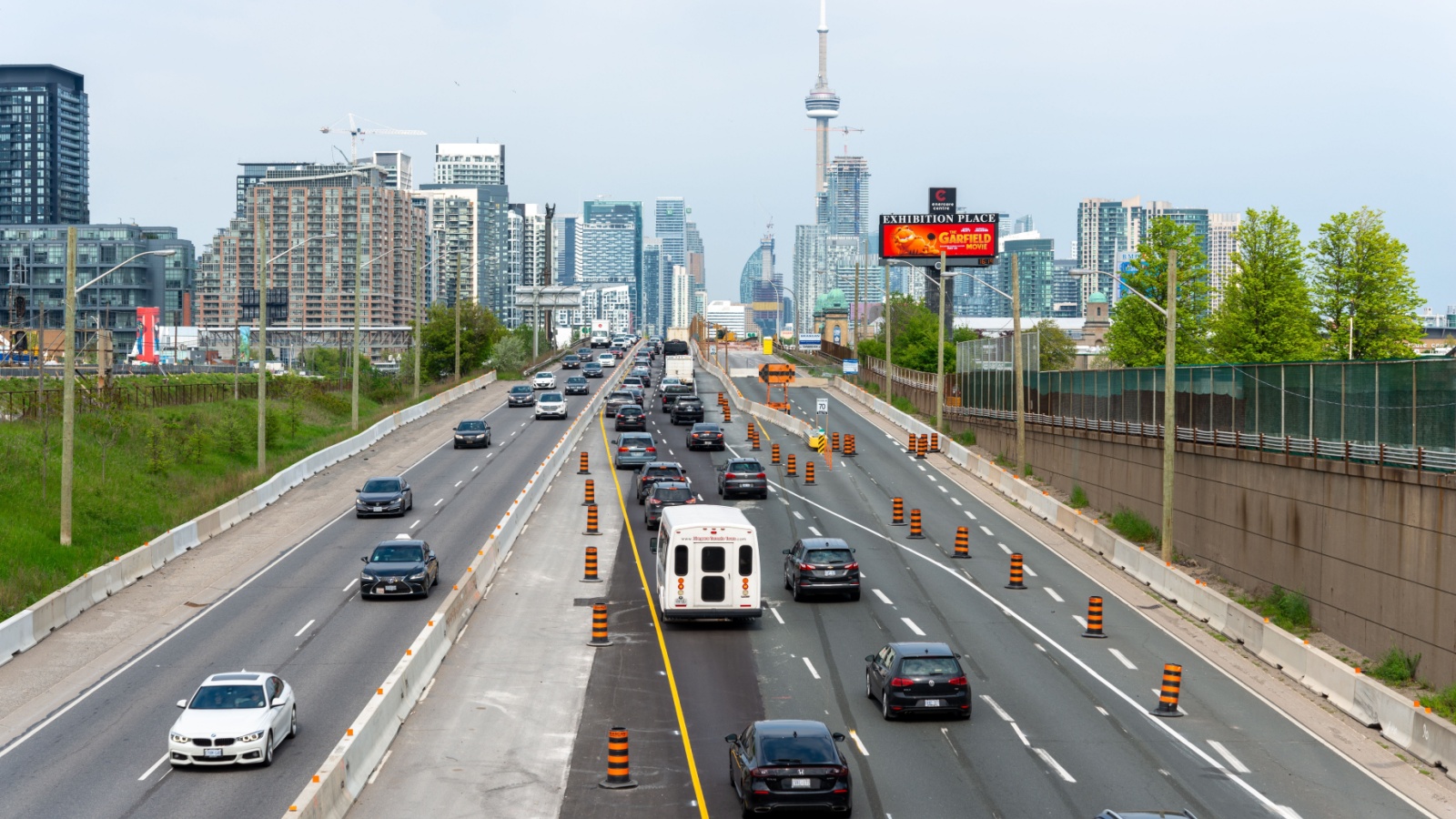
The Gardiner Expressway is supposed to speed drivers into downtown Toronto, but locals know it’s more often a parking lot. Aging infrastructure, constant lane closures, and rush-hour bottlenecks make the drive unbearable. The elevated structure also funnels traffic into already congested city streets, creating a double headache. Add in high accident rates and limited exits, and the Gardiner becomes a trap more than a shortcut. Many Torontonians avoid it altogether, opting for GO Transit or Lakeshore Boulevard, even if it means sacrificing a bit of speed.
Highway 97, British Columbia
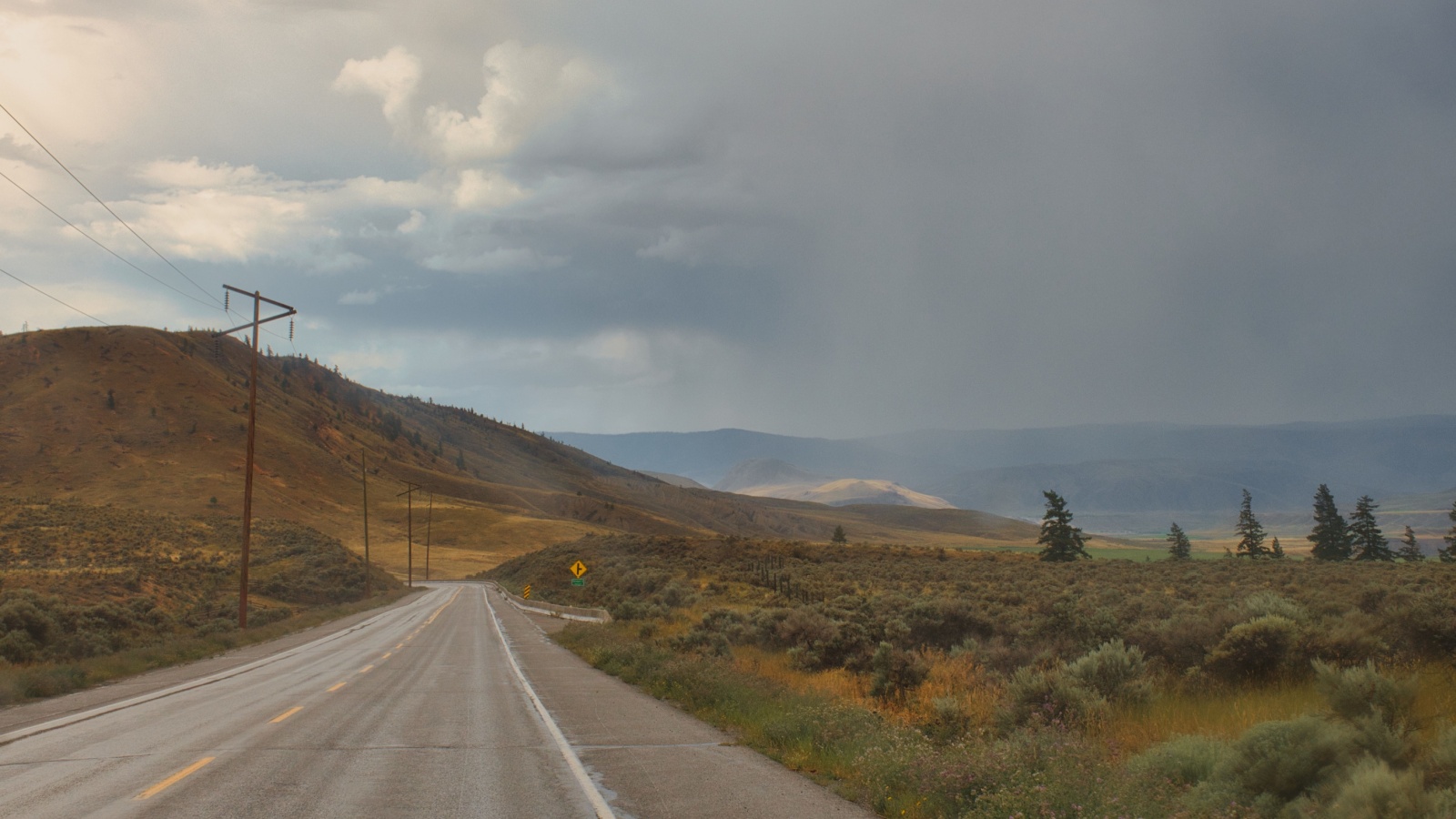
Highway 97 runs through the Okanagan Valley, a popular tourist destination. In summer, traffic swells with RVs, boat trailers, and vacationers, making the drive slow and stressful. The two-lane sections often lead to risky passing maneuvers, and accidents are common. Winter isn’t kinder, and snow and black ice make certain stretches treacherous. Locals often avoid Highway 97 during peak tourist season, preferring less busy backroads. While the route offers stunning lake and vineyard views, the congestion and unpredictability make it a road that many in B.C. try to sidestep.
Highway 20, Quebec
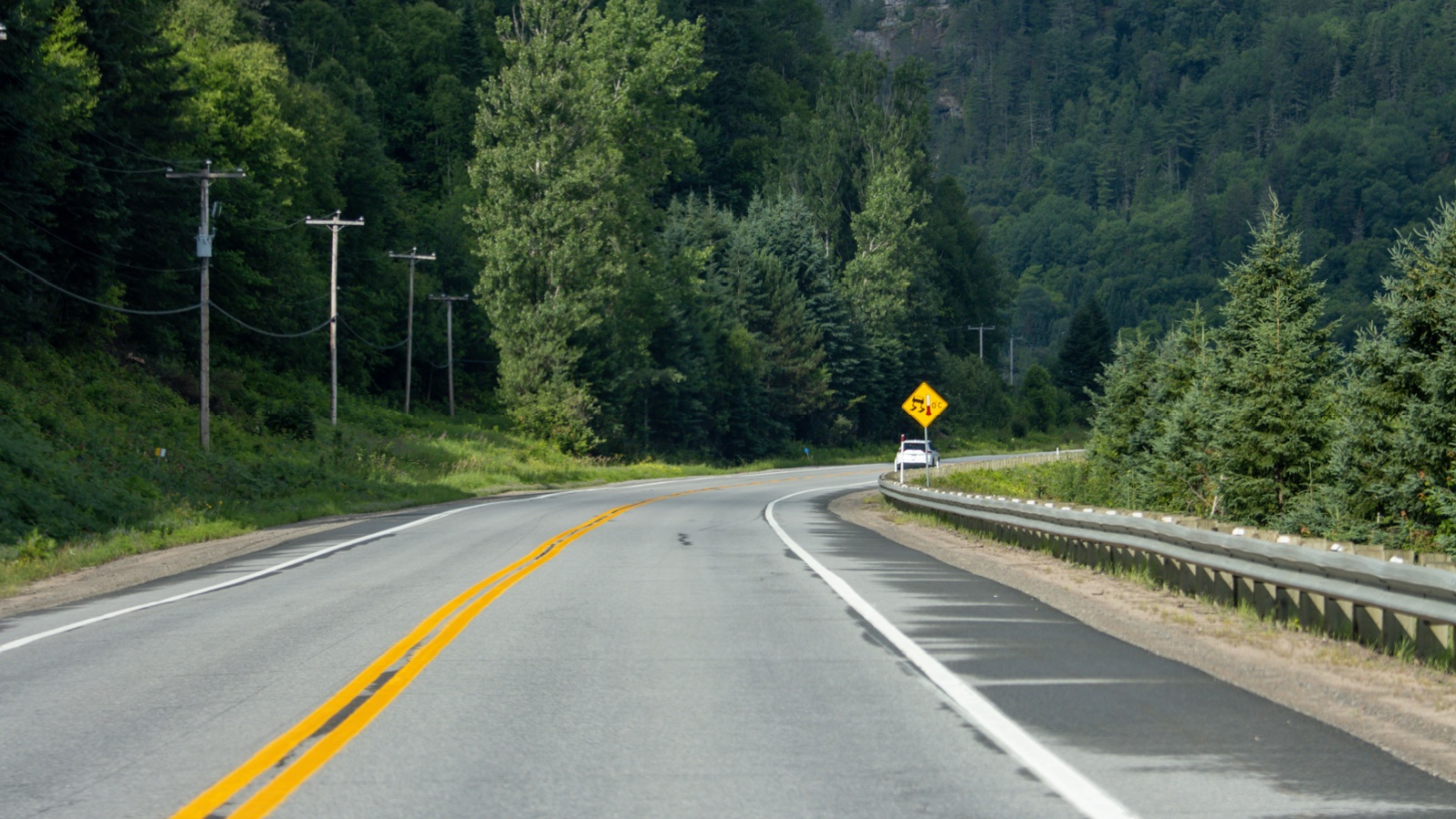
Highway 20 is another key artery between Montreal and Quebec City, but locals often avoid it due to traffic jams and poor road conditions. Potholes are a constant complaint, and construction zones seem never-ending, and in winter, blowing snow and icy stretches can turn an ordinary commute into a white-knuckle experience. Truck traffic only worsens the stress, making passing difficult and risky. While it’s one of Quebec’s busiest highways, those familiar with the region often prefer secondary roads, which may be longer but far less frustrating.
Highway 1, British Columbia
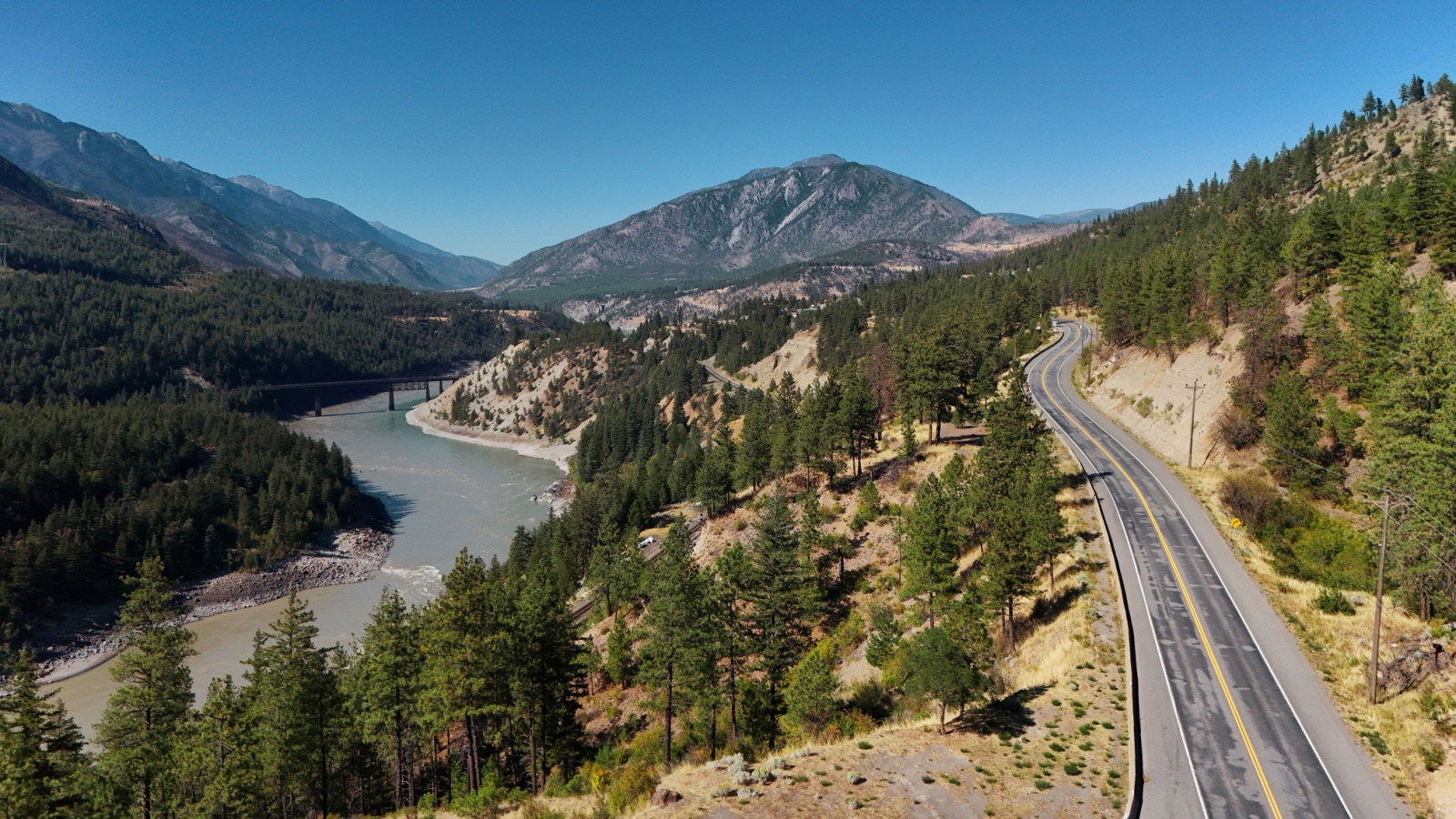
The Trans-Canada Highway’s stretch through B.C. is both scenic and stressful. Winding mountain passes, sharp curves, and frequent rockslides make it a road that demands total attention. In winter, snow and avalanches add even greater risks, while summer brings construction delays and tourist traffic. Locals know the bottlenecks all too well, particularly near Golden and Kamloops. While the drive offers breathtaking views of the Rockies, many British Columbians avoid Highway 1 whenever possible, opting instead for regional roads unless absolutely necessary for cross-province travel.
Don Valley Parkway (DVP), Toronto
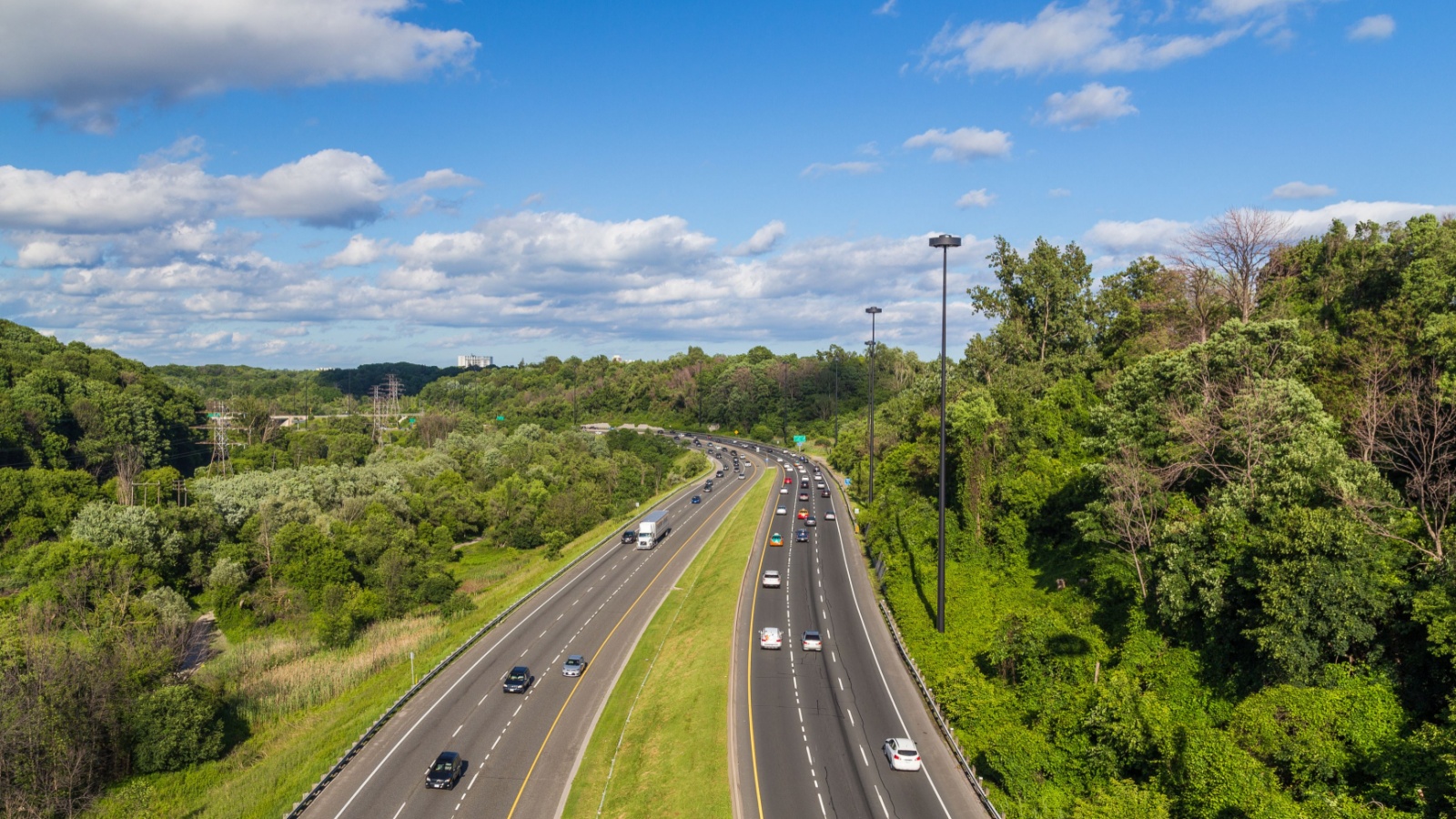
The Don Valley Parkway is infamous among Toronto drivers. Nicknamed the “Don Valley Parking Lot”, this major expressway regularly clogs with traffic during rush hours. Designed decades ago for far fewer cars, the narrow lanes and sharp curves now struggle under heavy volumes. Accidents or minor breakdowns cause chain reactions that snarl traffic for hours. Locals often avoid the DVP altogether, knowing it’s one of the least reliable ways into or out of downtown, and while necessary for many commuters, it’s the road Toronto drivers love to hate.
Highway 11, Ontario
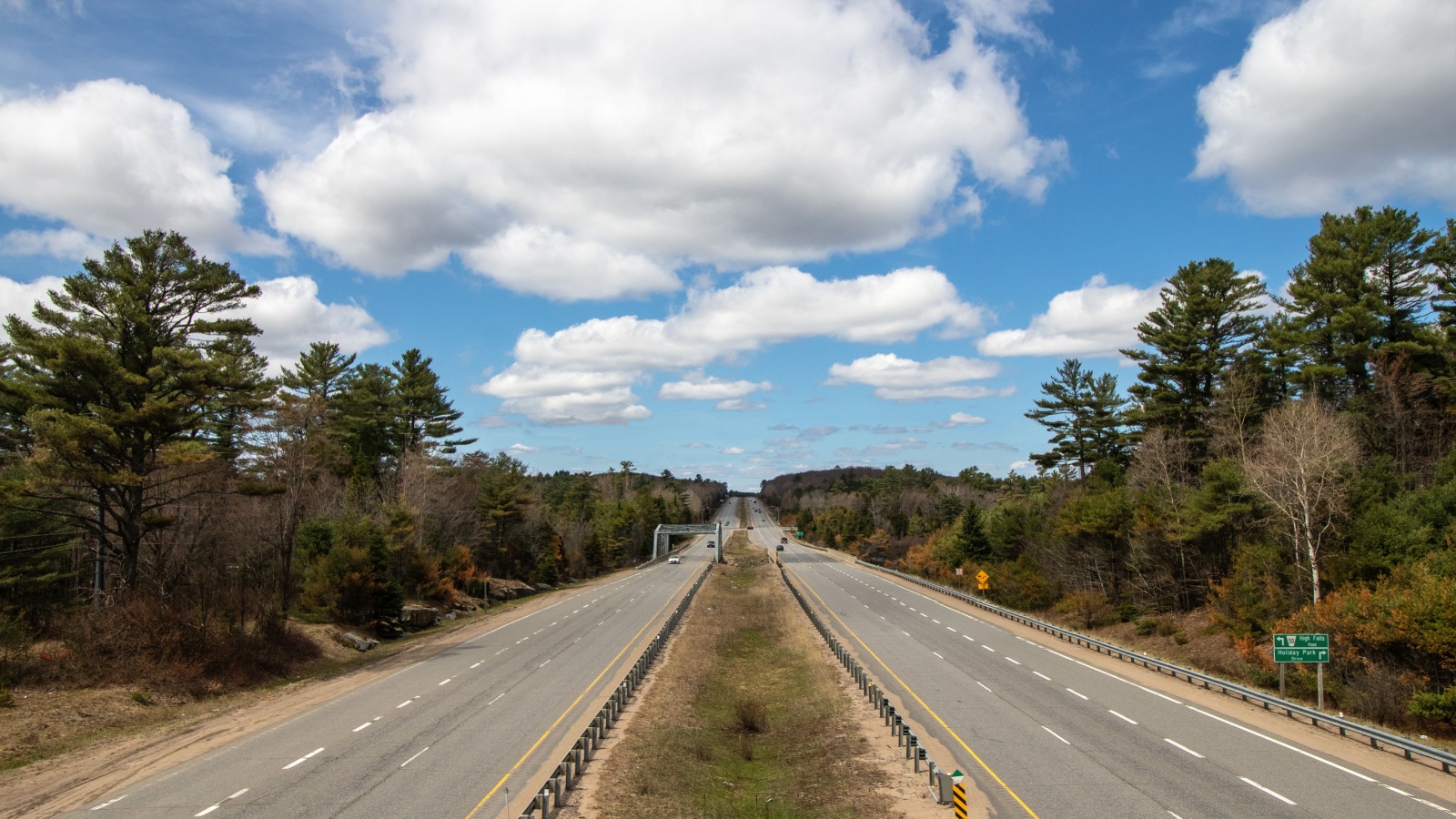
Highway 11 stretches across northern Ontario, connecting remote communities. While important, it is also lonely and dangerous, and long, isolated stretches mean few services, and in winter, it becomes treacherous with snow, ice, and blowing winds. Wildlife crossings add another layer of risk; hitting a moose here can be deadly. Locals often avoid Highway 11 when conditions are poor, sticking to smaller regional roads if possible. Though scenic and vital, it’s not a highway most Ontarians tackle lightly, and many plan trips carefully to avoid being stranded.
Highway 15, Quebec
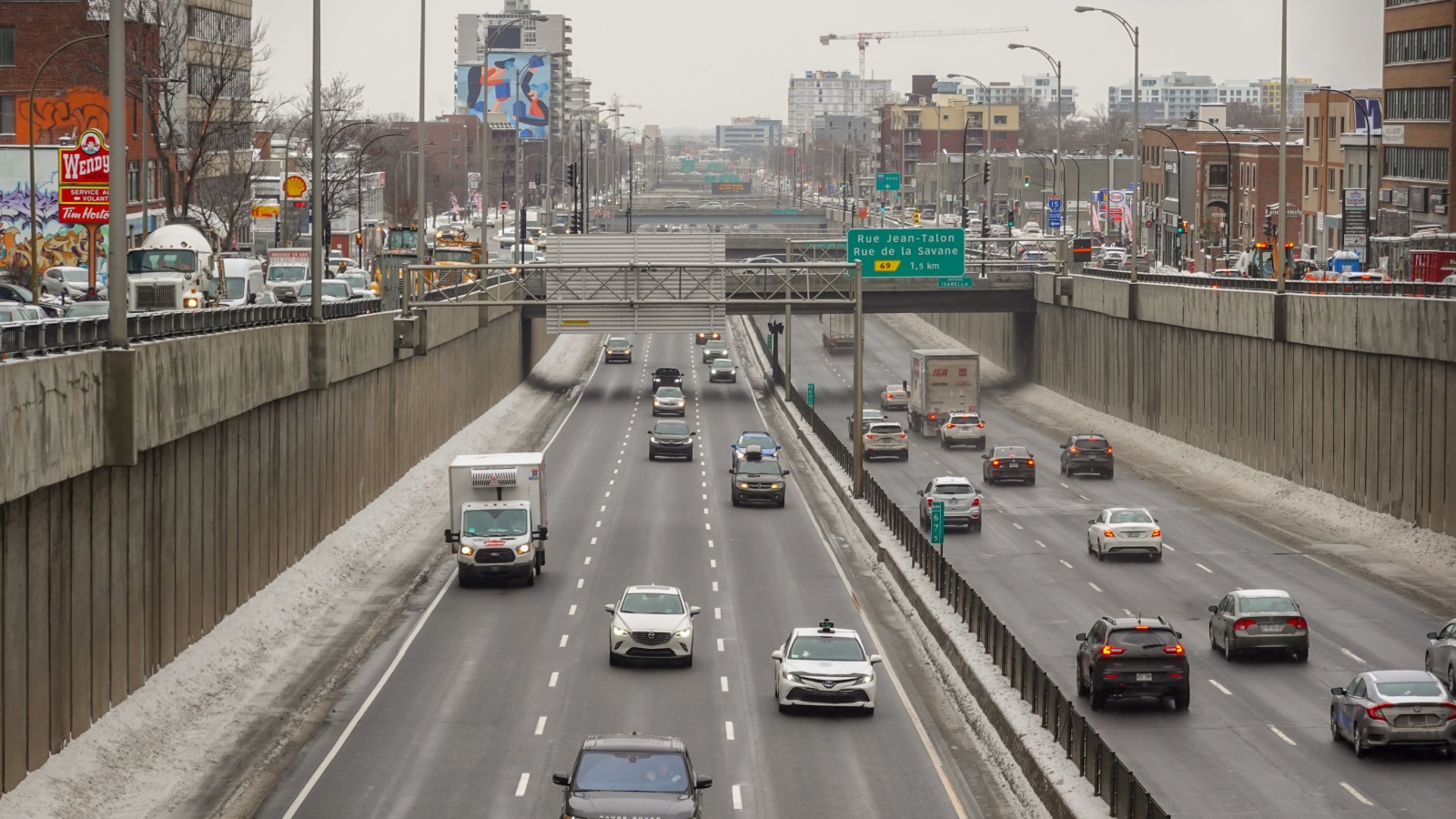
Highway 15, stretching from Montreal north to the Laurentians, is notorious for traffic snarls, especially on weekends. Skiers, cottagers, and tourists all crowd the highway, creating backups that stretch for kilometers. Construction projects and frequent lane closures only add to the frustration, and in winter, icy conditions and heavy snowfall make the trip even more stressful. Locals know that a drive to the mountains can take twice as long if they don’t plan carefully. While the highway is unavoidable for some, many Quebecers prefer alternative routes to avoid the constant congestion.
Highway 17, Ontario
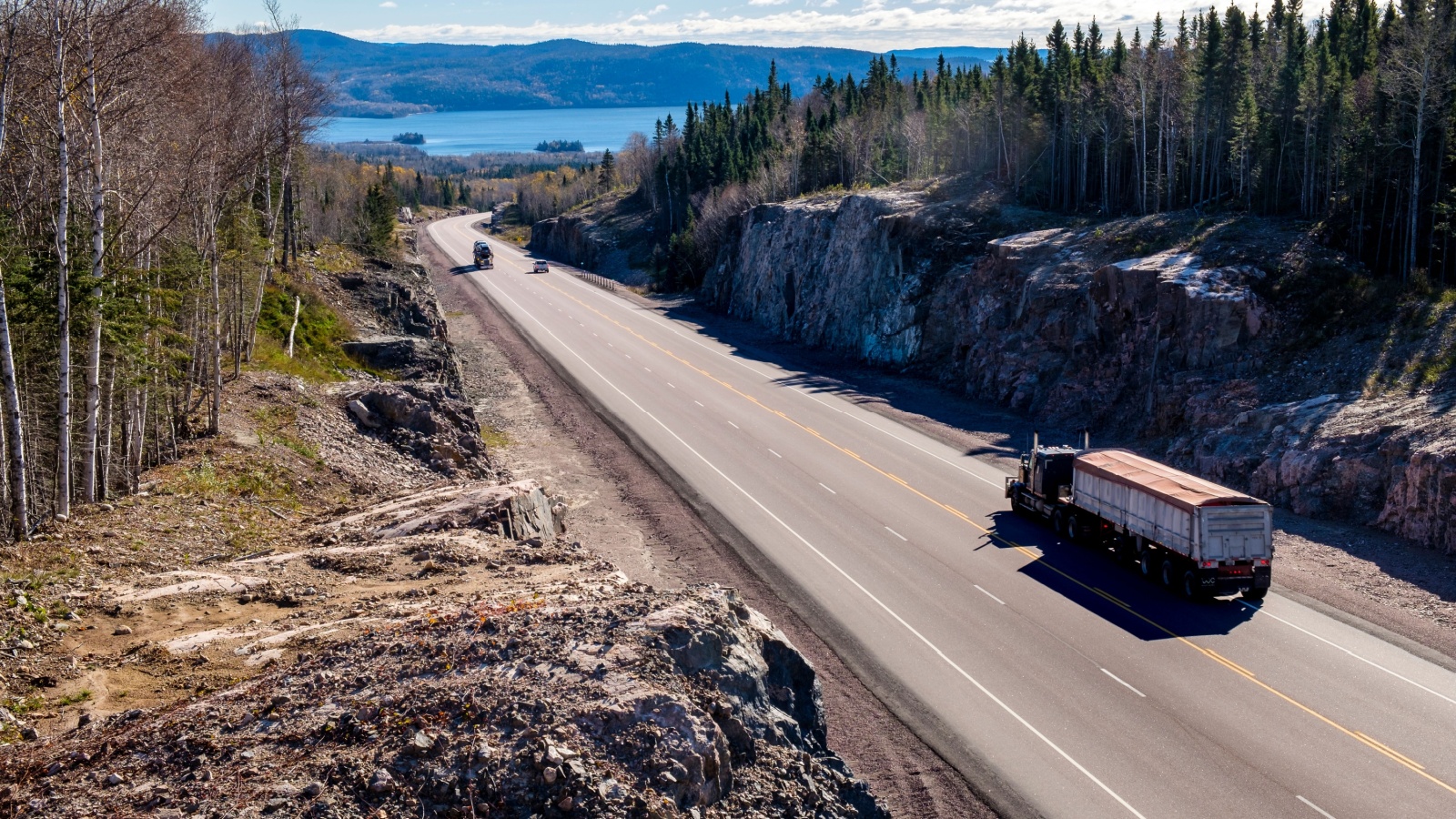
Highway 17, part of the Trans-Canada, winds through northern Ontario with long stretches of wilderness. While scenic, it can be unnerving for drivers due to minimal services and limited passing opportunities. Wildlife encounters, especially with moose, are a constant danger, and in winter, blowing snow and ice often lead to closures or dangerous driving conditions. Locals familiar with the road understand its risks and often avoid it unless necessary. Despite its beauty along Lake Superior, the combination of isolation and unpredictable weather makes Highway 17 a road drivers quietly dread.
Highway 75, Manitoba
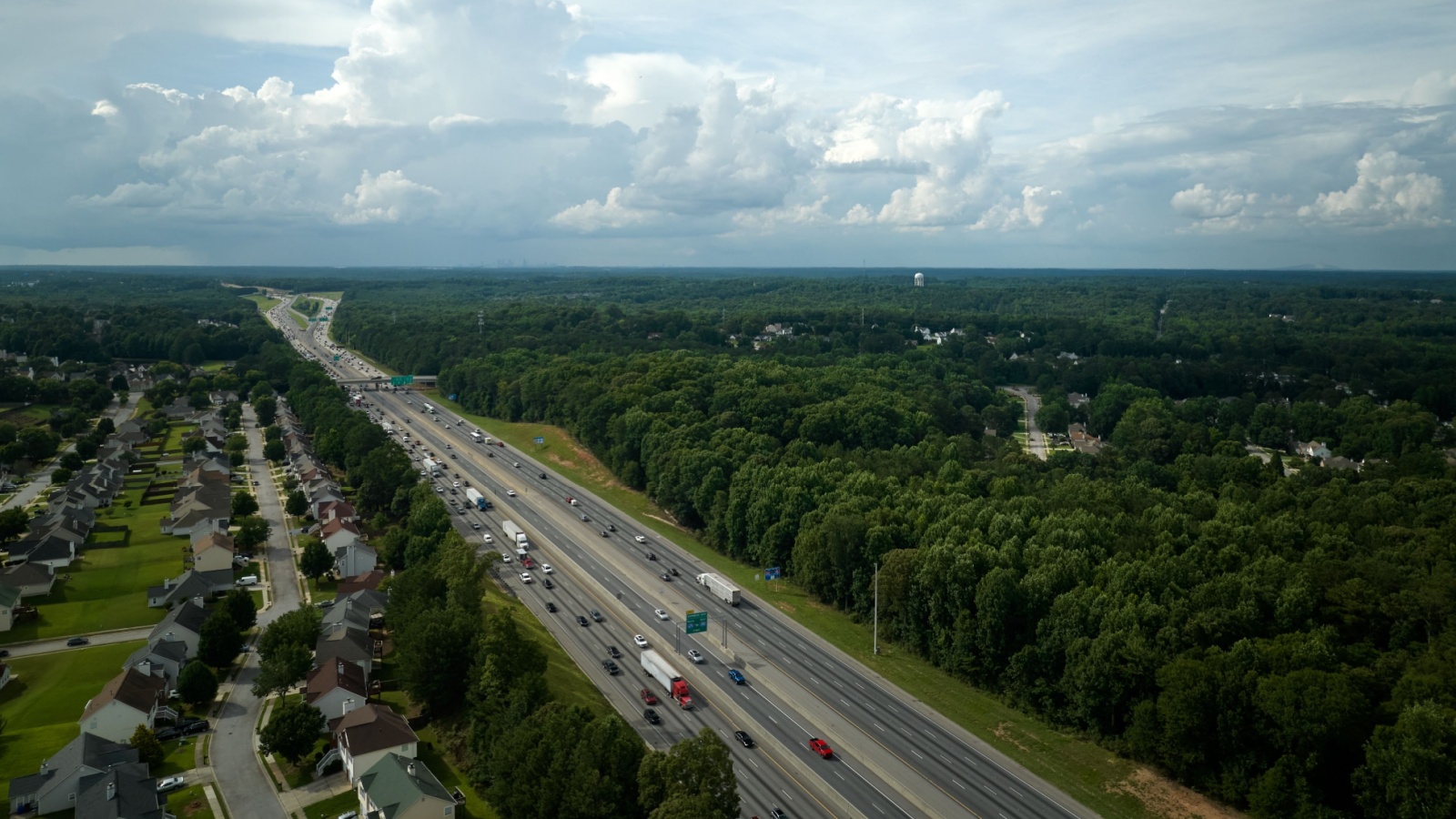
Highway 75 is Manitoba’s main route to the U.S. border, but locals often avoid it due to flooding issues. Each spring, the Red River’s rising waters force closures, stranding travelers and frustrating commuters. Even when open, the flat, monotonous drive can be stressful in winter, when blizzards whip across the prairie with little warning. Truck traffic adds to the hazards, with passing maneuvers often risky on icy roads. For many Manitobans, Highway 75 is a necessary but unpleasant stretch, one best avoided if alternate routes are available.
Highway 10, New Brunswick
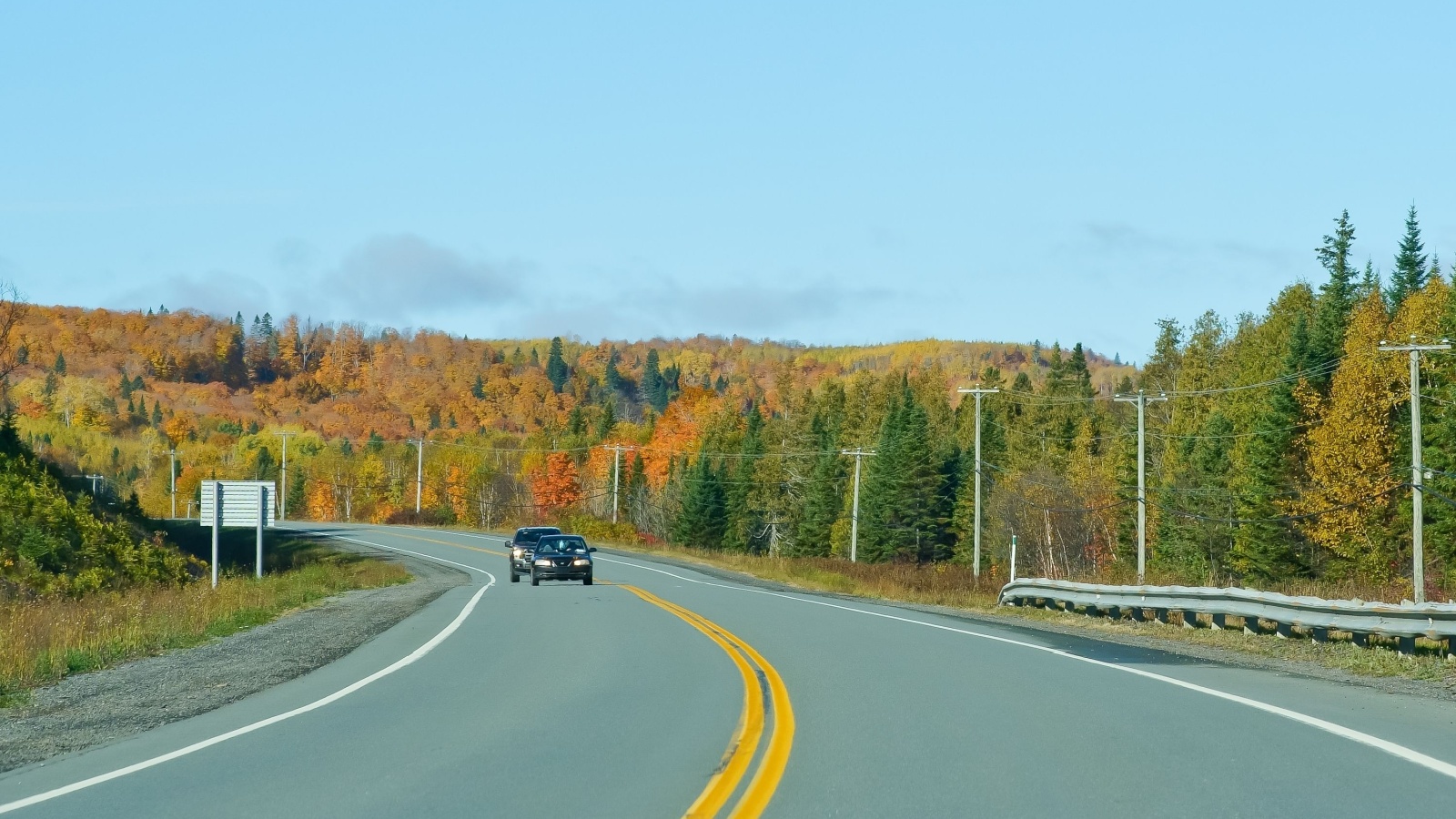
Highway 10 connects Fredericton to Moncton, but locals often bypass it because of poor conditions and limited amenities along the route. Narrow lanes, potholes, and sparse lighting make it a nerve-wracking drive, especially at night. Wildlife crossings are frequent, with deer and moose creating sudden hazards. In winter, snow squalls and ice make matters worse. While the highway is a useful shortcut, many New Brunswickers opt for other routes that feel safer, even if they take longer.
Highway 19, Nova Scotia
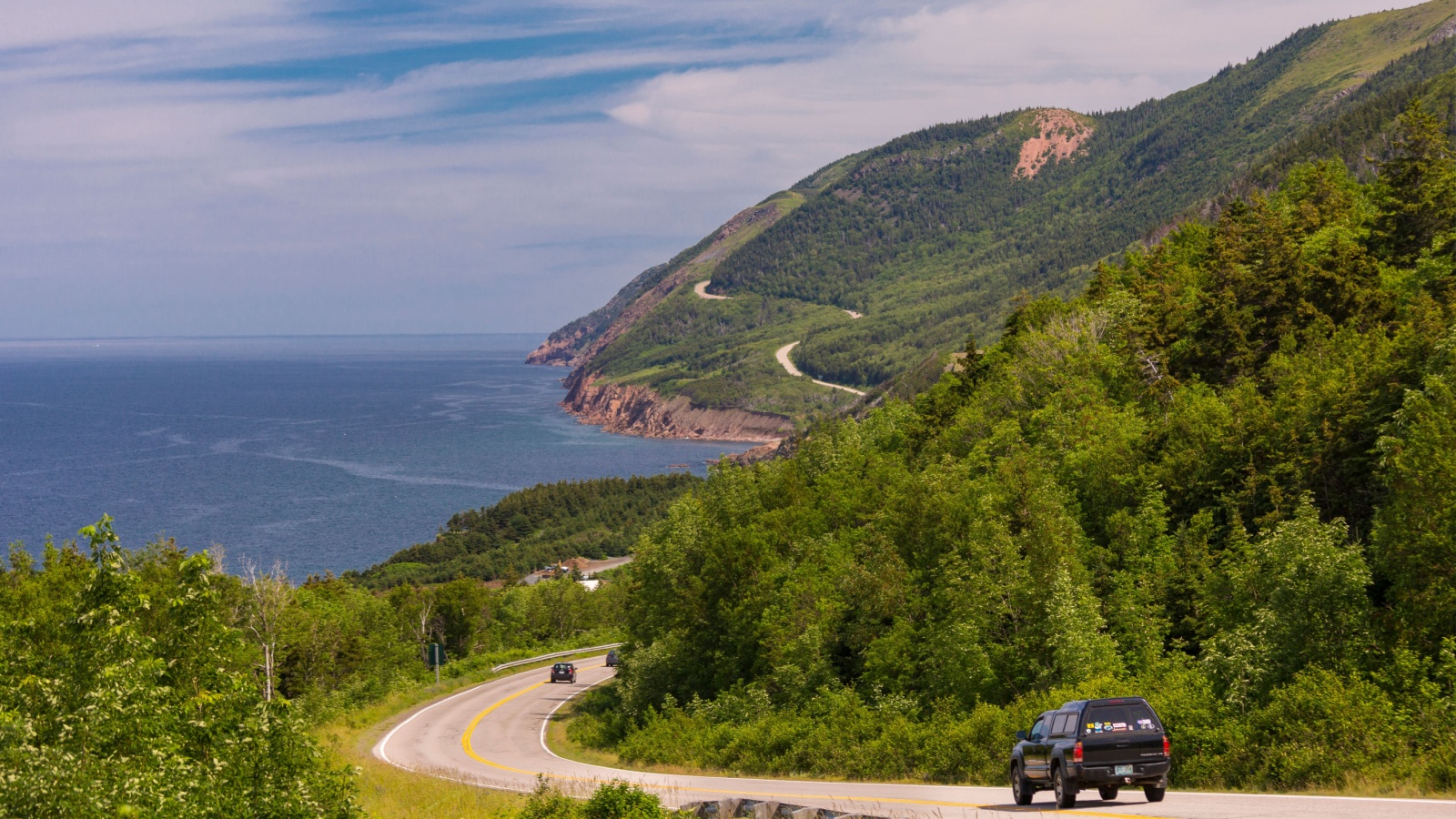
Highway 19, known as the Ceilidh Trail on Cape Breton Island, is undeniably scenic but not always practical. Locals avoid it due to sharp curves, steep grades, and frequent tourist traffic in summer. The narrow two-lane road can feel tight, especially when meeting large RVs or tour buses. In winter, blowing snow off the Gulf of St. Lawrence creates whiteout conditions. While visitors may rave about the coastal views, Nova Scotians know Highway 19 requires patience and caution, making it a route often avoided for everyday travel.
Highway 2, New Brunswick
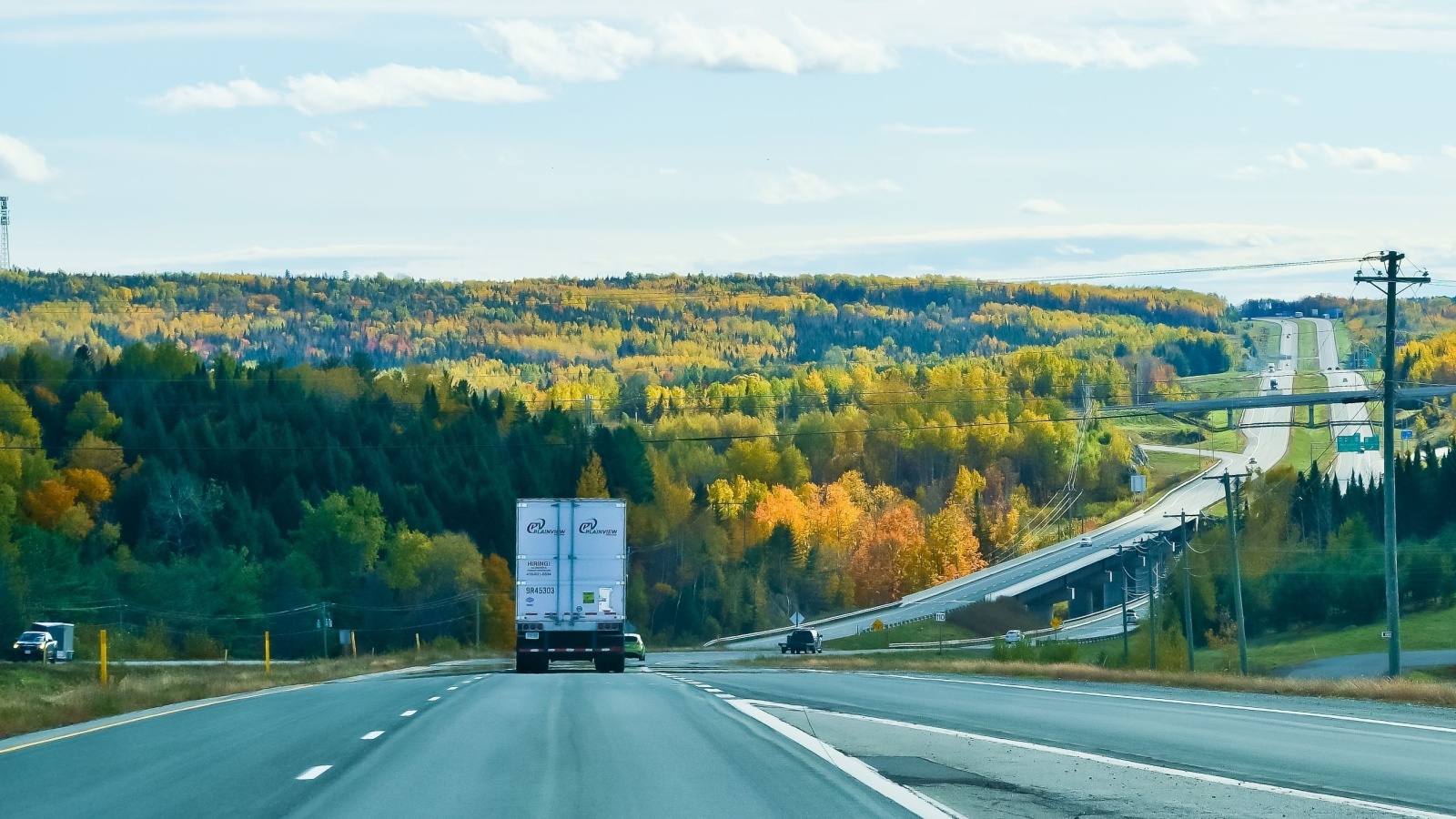
Highway 2, part of the Trans-Canada, runs the length of New Brunswick, but locals know it’s not always pleasant. Long, empty stretches can be daunting, especially in bad weather. Heavy truck traffic dominates the route, making passing stressful and increasing the risk of accidents. Fog and icy conditions are common in winter, leaving drivers uneasy. Although it’s the fastest way across the province, many prefer smaller, slower highways that feel safer and more reliable. Highway 2 is efficient, but not a road many locals use without hesitation.
Highway 8, Newfoundland and Labrador
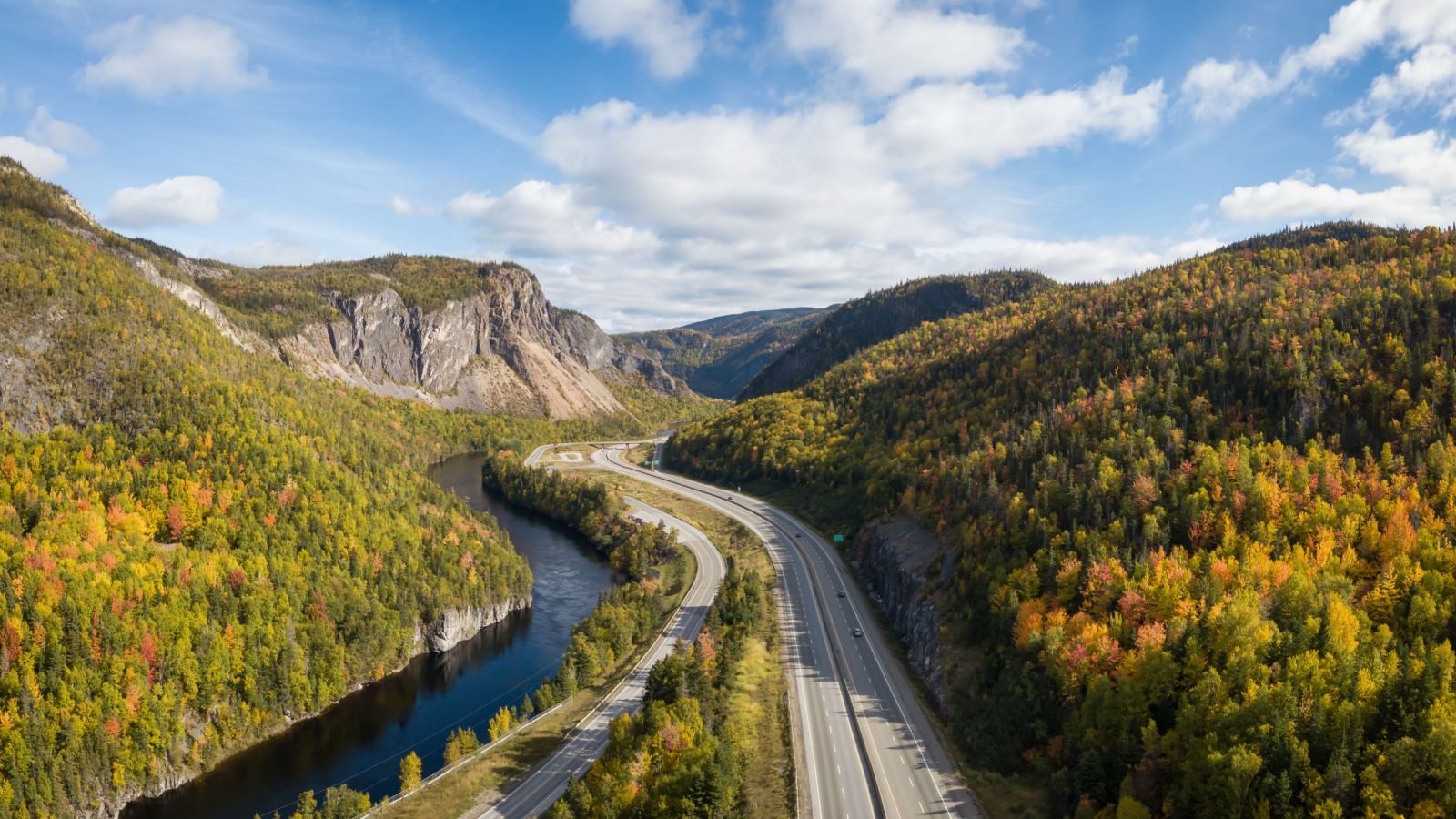
Highway 8, also called the Baie Verte Highway, is a remote stretch that many Newfoundlanders avoid. Its winding turns, steep hills, and lack of services make it challenging, particularly for long-distance drivers. Moose are a constant threat, especially at dawn and dusk, and collisions here are sadly common. Winters bring heavy snow and ice, turning an already difficult road into a hazardous one. While necessary for reaching small communities, locals often advise caution and prefer to avoid Highway 8 whenever possible. It’s a road best respected, not enjoyed.
Highway 105, Nova Scotia
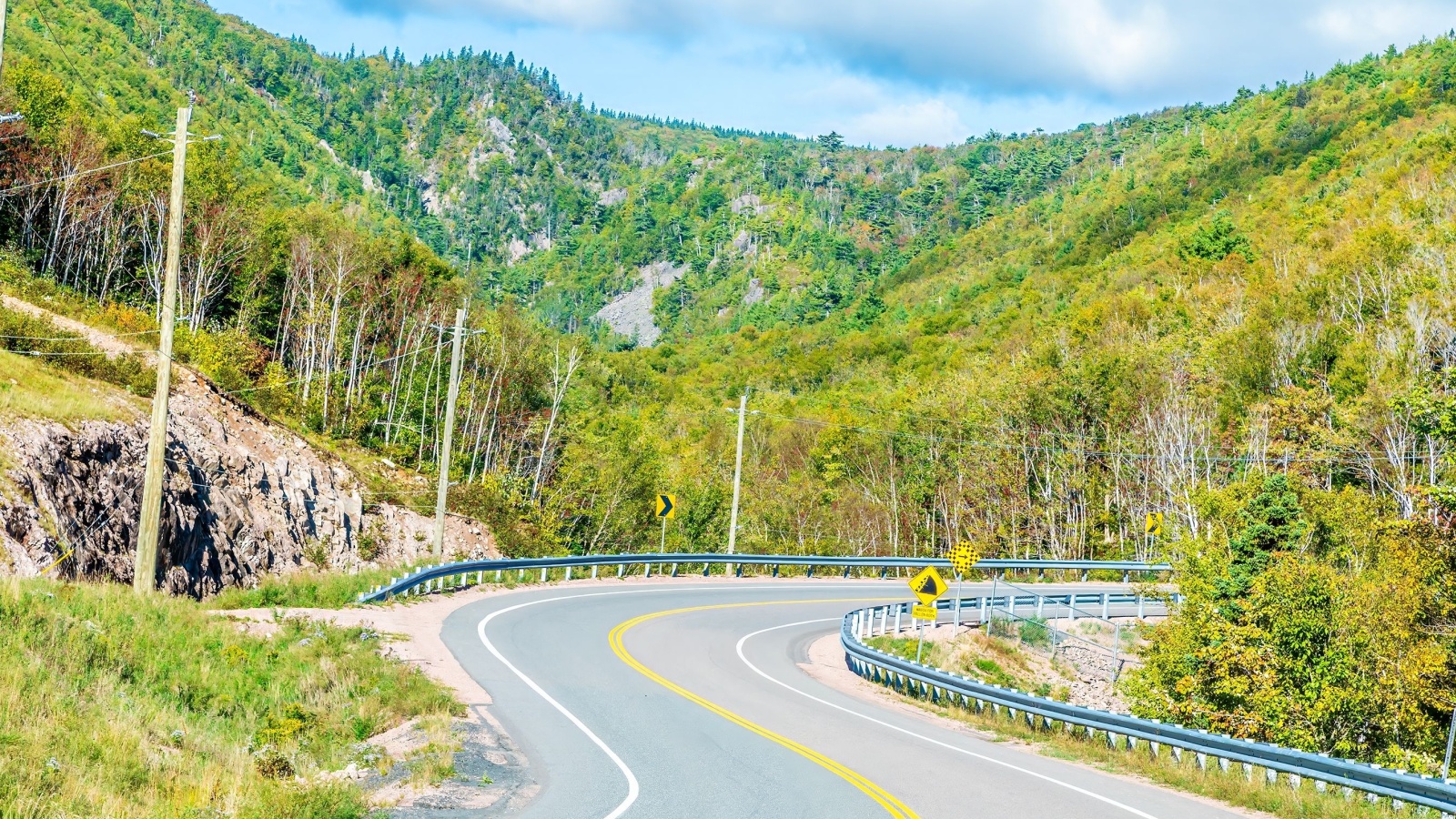
Highway 105 runs across Cape Breton Island, connecting to the Cabot Trail. While scenic, locals often avoid it due to steep grades, sharp turns, and unpredictable weather. Truck traffic adds to the danger, especially on narrow sections where passing feels unsafe, and in winter, snow and ice make conditions treacherous, and closures aren’t uncommon. Even in summer, tourist traffic can create frustrating delays. For Cape Bretoners, Highway 105 is both vital and dreaded, a road that’s often unavoidable but rarely anyone’s first choice.
Highway 102, Nova Scotia
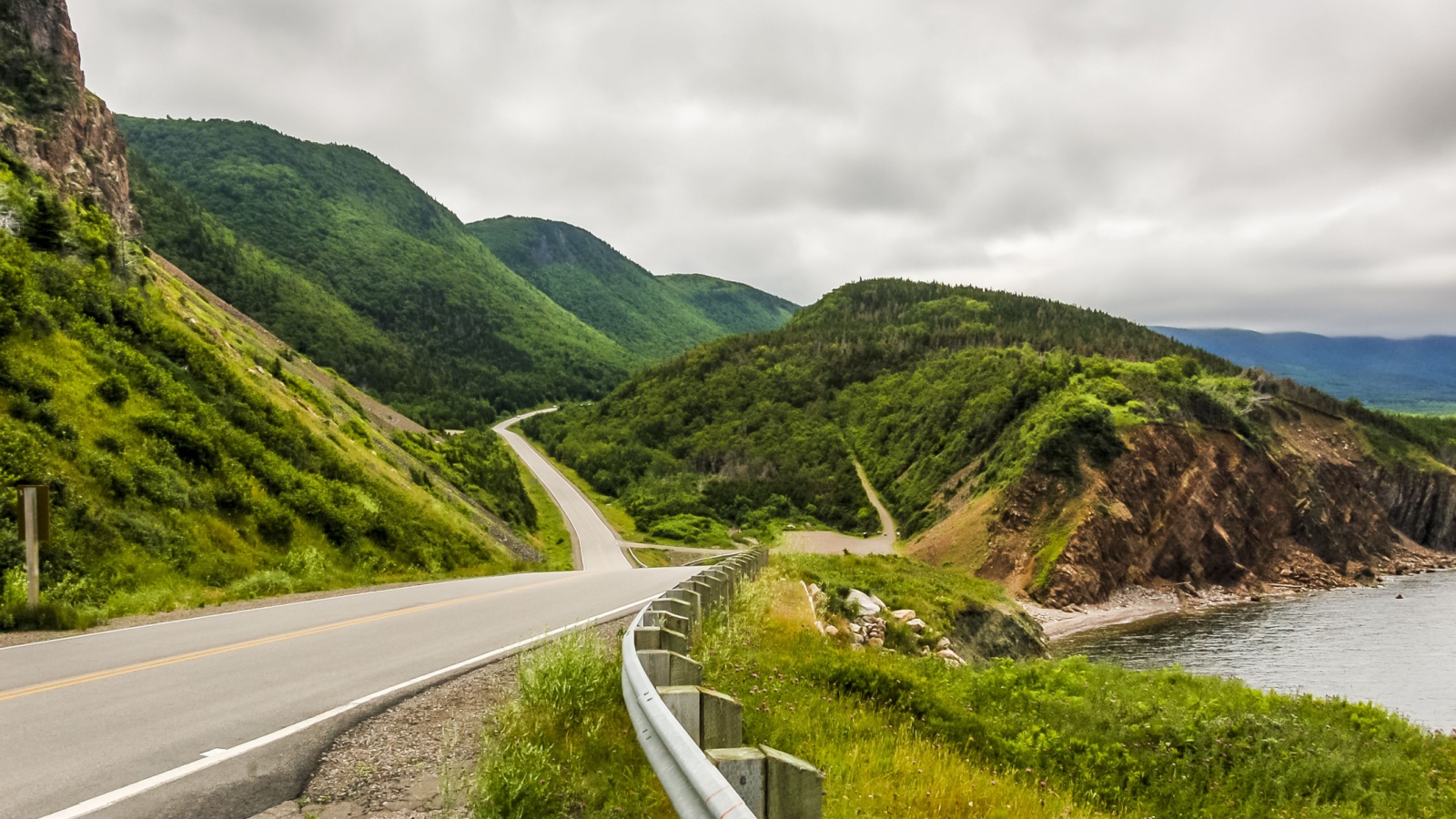
Highway 102 links Halifax to Truro and is one of Nova Scotia’s busiest highways. Locals complain about speeding drivers, frequent collisions, and sudden traffic jams, particularly near Halifax. Construction zones add to the aggravation, with lane reductions creating bottlenecks. In winter, icy bridges and blowing snow make the drive even more dangerous. Although it’s the quickest way to the city, many drivers dread the trip, choosing secondary routes whenever possible. Highway 102 is a necessary artery, but one that leaves Nova Scotians constantly on edge behind the wheel.
Highway 30, Quebec
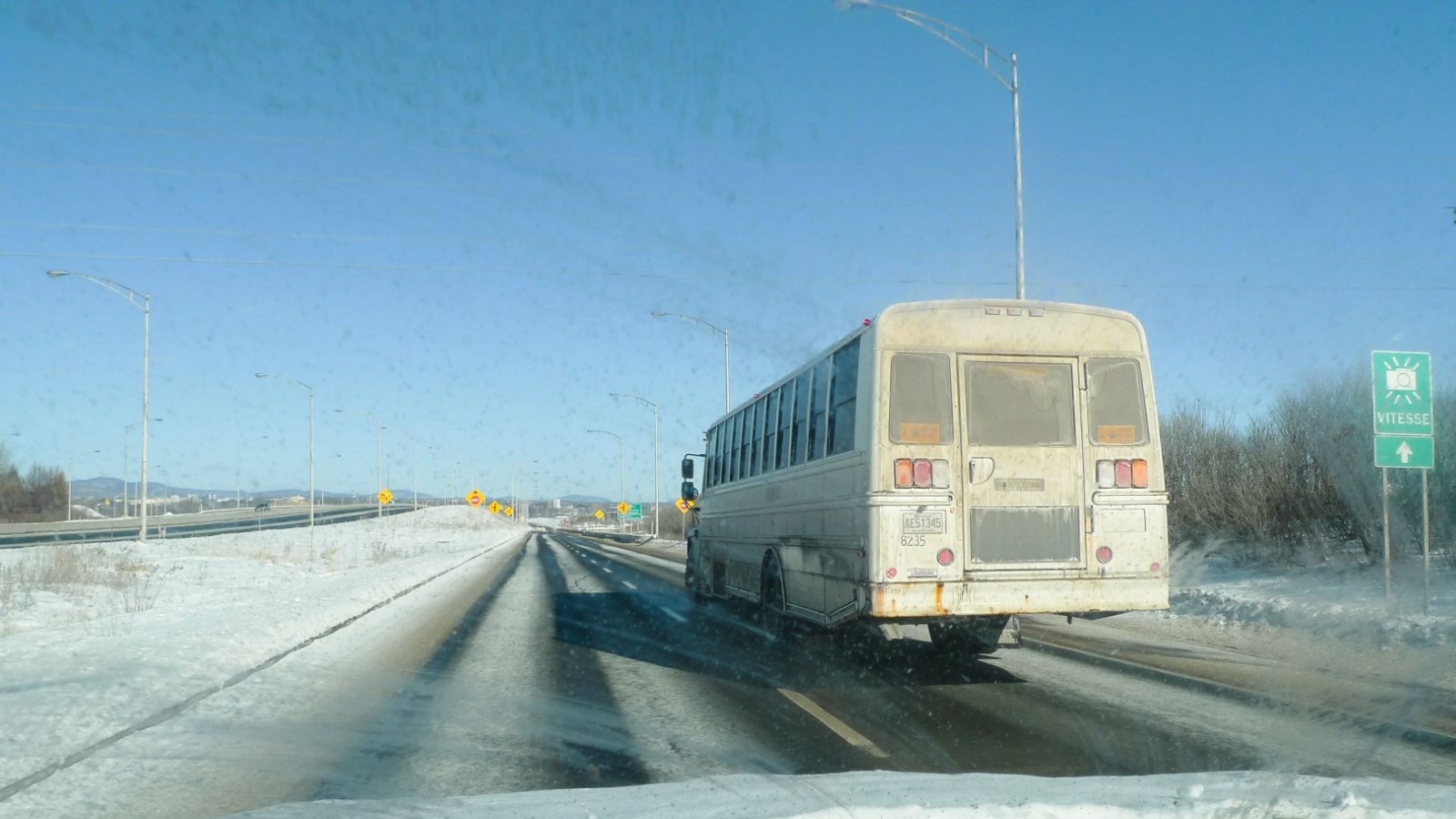
Highway 30, intended as a bypass around Montreal, often feels just as congested as the city itself. Toll booths add to the frustration, while heavy truck traffic and frequent construction projects slow travel. Locals know that what should be a shortcut often becomes another headache. In winter, icy conditions worsen the already tricky merges and interchanges. For many Quebec drivers, Highway 30 is only used when necessary, and they’ll gladly stick to older, slower routes to avoid its mix of costs and congestion.
Highway 185, Quebec
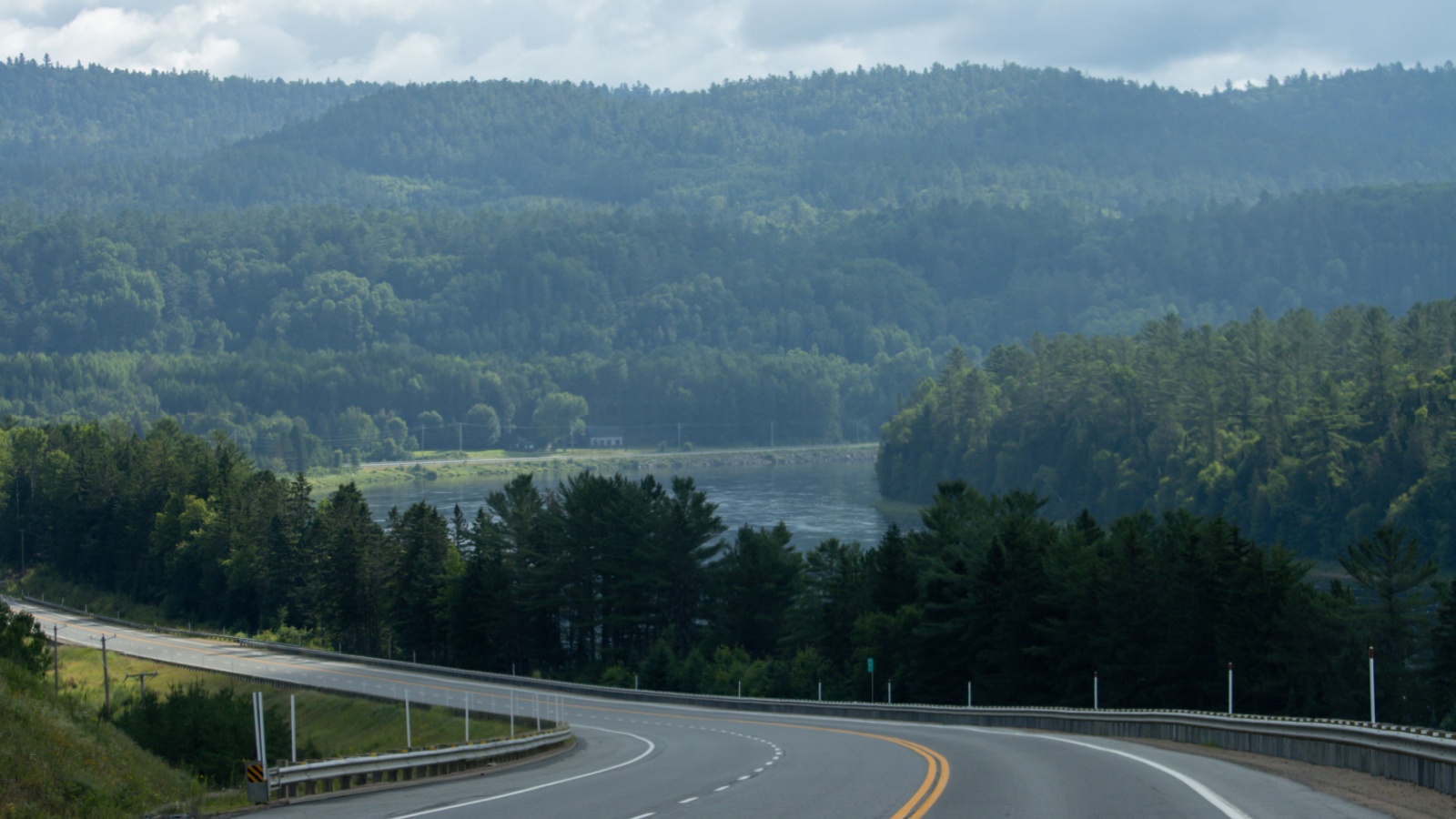
Highway 185, which connects Rivière-du-Loup to New Brunswick, has long been considered one of Quebec’s most hazardous stretches. Narrow, two-lane design combined with heavy truck traffic has led to frequent head-on collisions, and even though twinning efforts are underway, many locals continue to avoid it when possible. Poor visibility in fog and treacherous winter driving conditions make it even more stressful. For those living in the region, Highway 185 is unavoidable at times, but it carries a reputation as a road known more for risk than reliability.
Highway 16, British Columbia
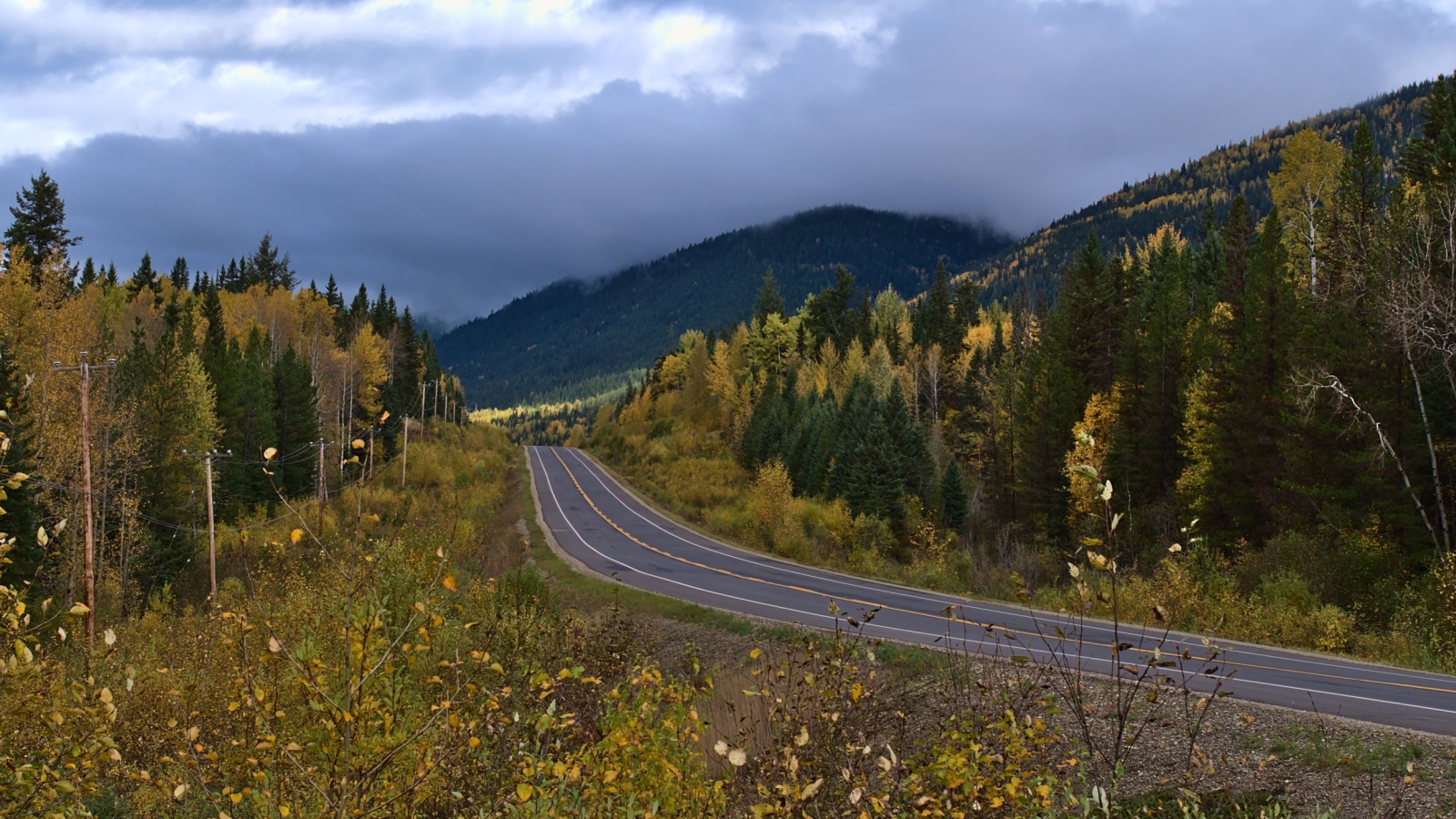
Highway 16, the “Highway of Tears”, is infamous for both safety concerns and tragic history. Stretching through northern B.C., it’s isolated, with few services and long distances between communities. Wildlife hazards, poor weather, and narrow shoulders make it dangerous even for seasoned drivers. The highway also carries a haunting reputation tied to missing and murdered Indigenous women, leaving many locals deeply uneasy about traveling it alone. While necessary for cross-province travel, Highway 16 is a road many avoid whenever they can, preferring safer, more populated routes.
Highway 118, Nova Scotia
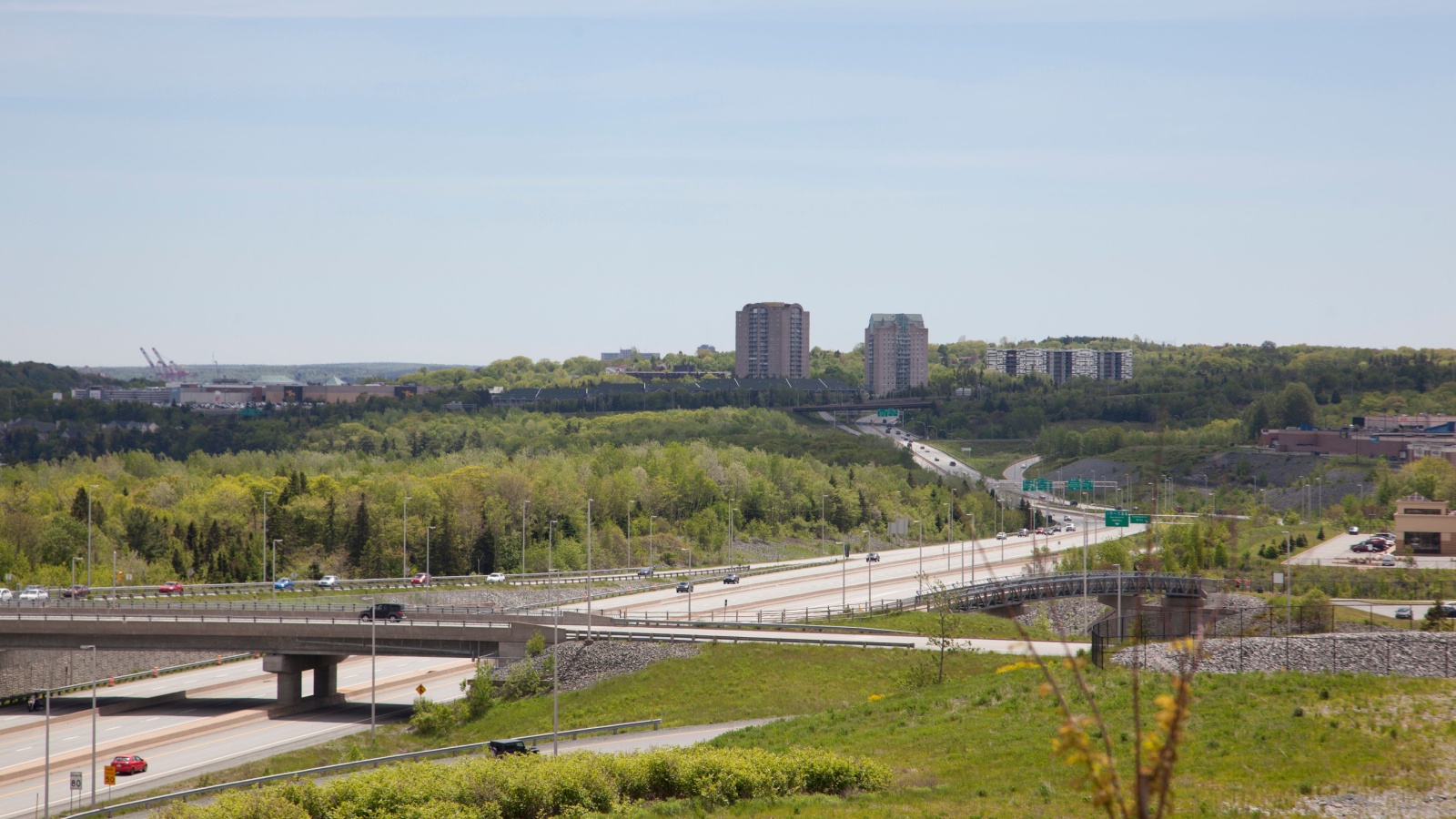
Highway 118, linking Dartmouth to Fall River, is short but notorious. Locals complain about reckless drivers, sudden lane merges, and a high rate of accidents. Commuters find themselves stuck in traffic despite the highway’s design as a quick connector, and in winter, the exposed sections ice over quickly, making it especially dangerous. Though it saves time on paper, many Nova Scotians prefer parallel routes that feel safer, even if they take a little longer. Highway 118 proves that even small stretches of road can create big frustrations for drivers.
21 Products Canadians Should Stockpile Before Tariffs Hit

If trade tensions escalate between Canada and the U.S., everyday essentials can suddenly disappear or skyrocket in price. Products like pantry basics and tech must-haves that depend on are deeply tied to cross-border supply chains and are likely to face various kinds of disruptions
21 Products Canadians Should Stockpile Before Tariffs Hit
